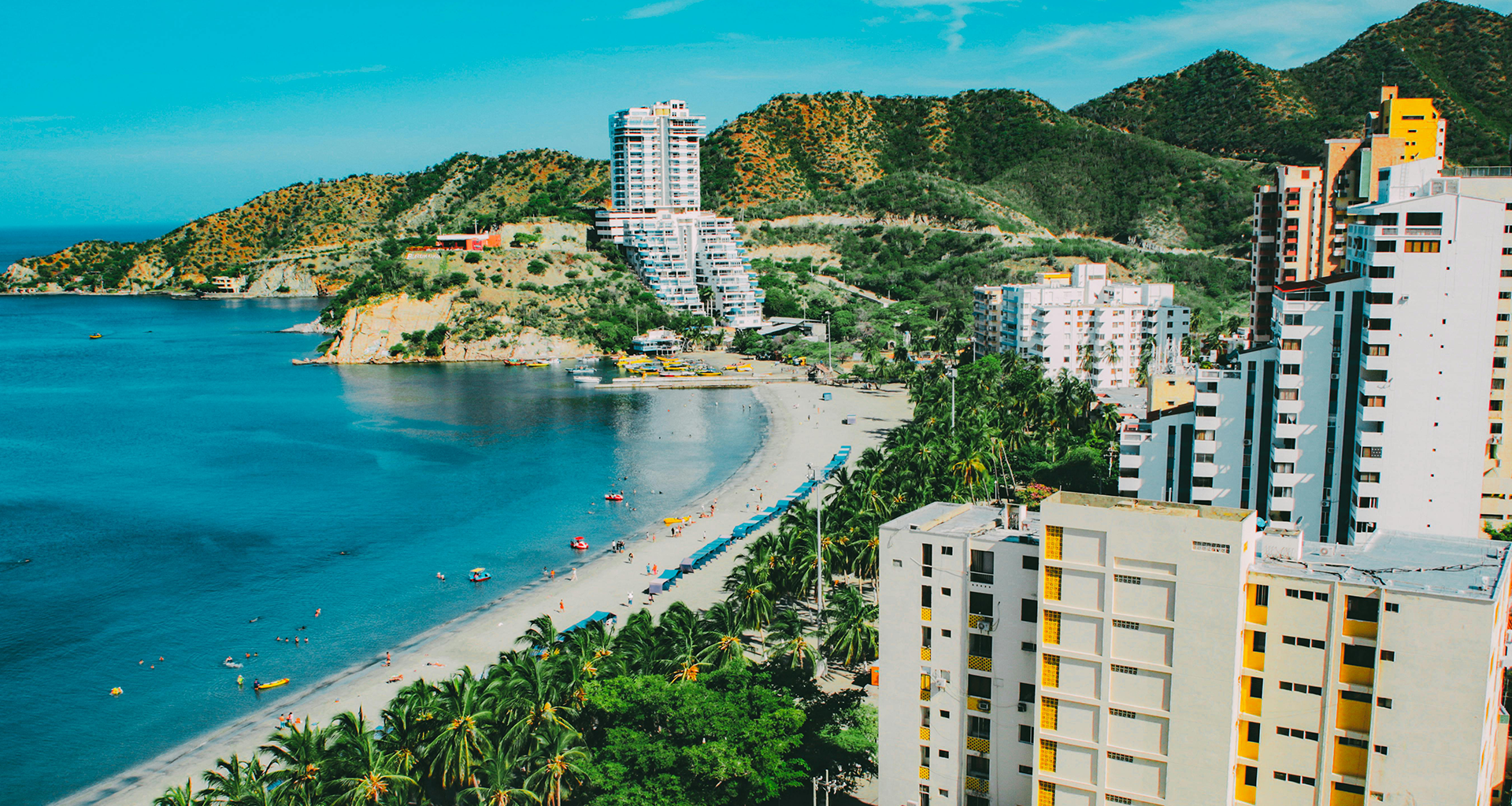Santa Marta is a magical destination , where you can connect with nature, culture, traditions and history through a unique experience. Santa Marta is the first city that was founded in South America when a Sevillian arrived in 1502, Rodrigo de Bastidas established a relationship with the ancient indigenous people of these lands, he ordered to build different houses to finally found the city of Santa Marta on July 29, 1925; he was also the one who named the Rio Grande de la Magdalena and the Golfo Dulce del Darien.. So, this year this beautiful and magical city is celebrating 500 years of its foundation and it is an honor for us to remember the historical and cultural evolution of this city.
Santa Marta is historically a very important city in the process of Spanish conquest, as it was the bridge between Spain and the new continent and from which Europeans departed to conquer the rest of the country. Some of these Spaniards were Jimenez de Quesada, Pedro de Heredia, Suarez Rendon, Pedro de Ursua and Antonio Diaz Cardoso. At one point the merchants who lived in Santa Marta went to Cartagena and that was when English, French and Dutch pirates sacked the city, forcing it’s inhabitants to leave for other territories of the Colombian Atlantic coast.
The streets of Santa Marta are full of history and we can know it by walking through them. At the end of the XVIII century there were only three streets that were from the royal alley (the fourth), the street of the big river (the second race). Then, it took the name of the alley of the seminary and later it was known as alley of the barracks since it passed by the old infantry command built in 1792. In front of this was formed the Annas square, currently the Bolivar square, because in it’s northeast side is the house of the Customs where the liberator of the Colombian homeland Simon Bolivar stayed until the day of his death to be buried in the cathedral.

